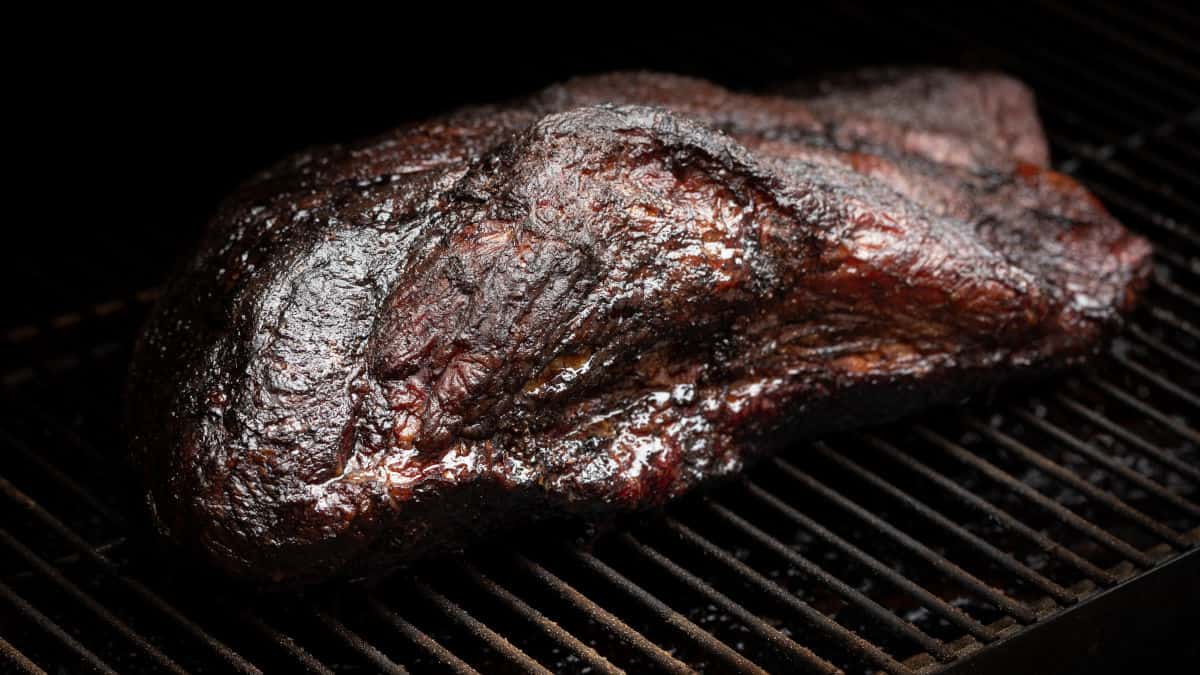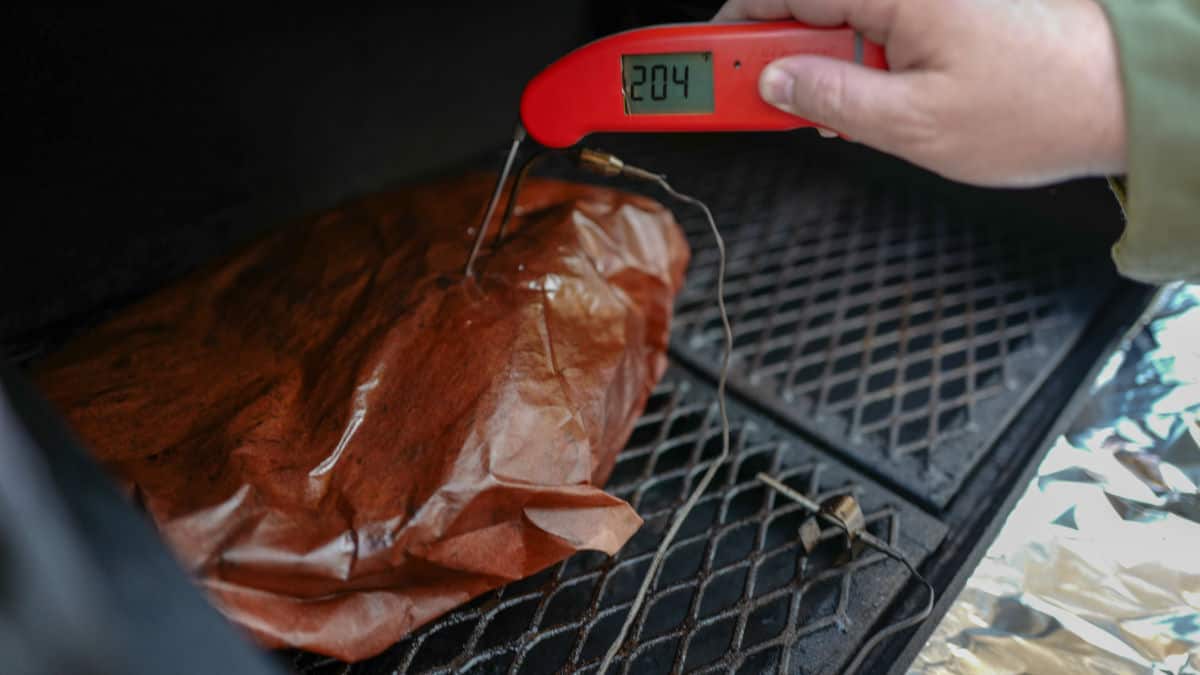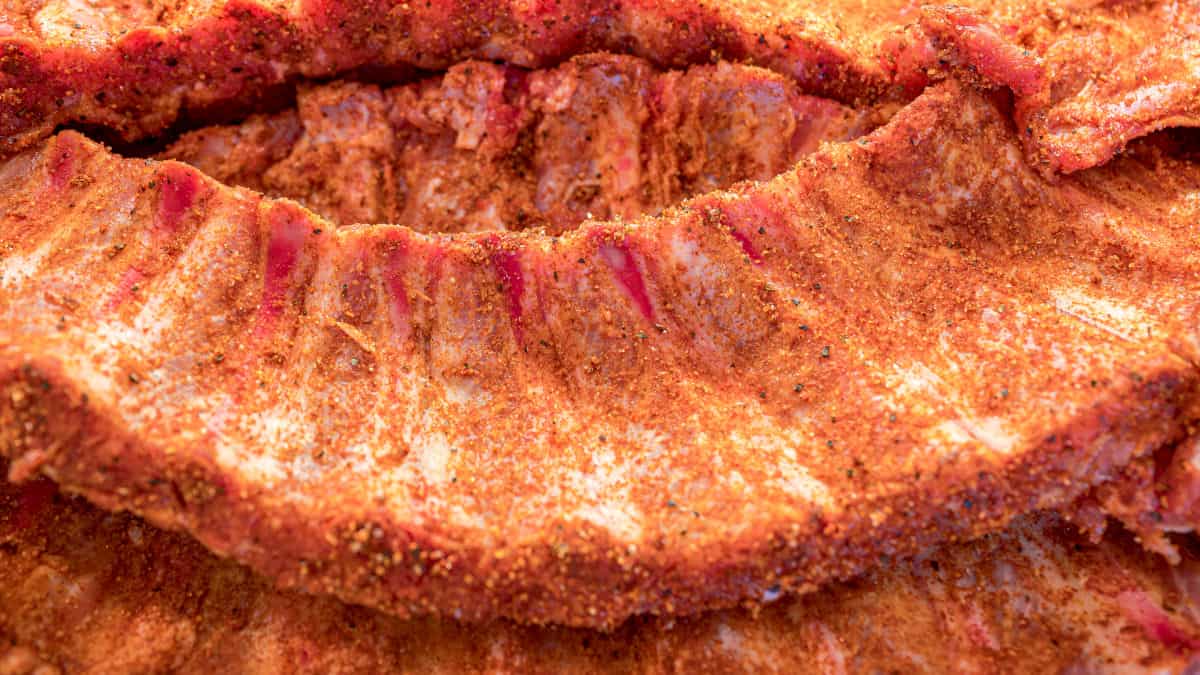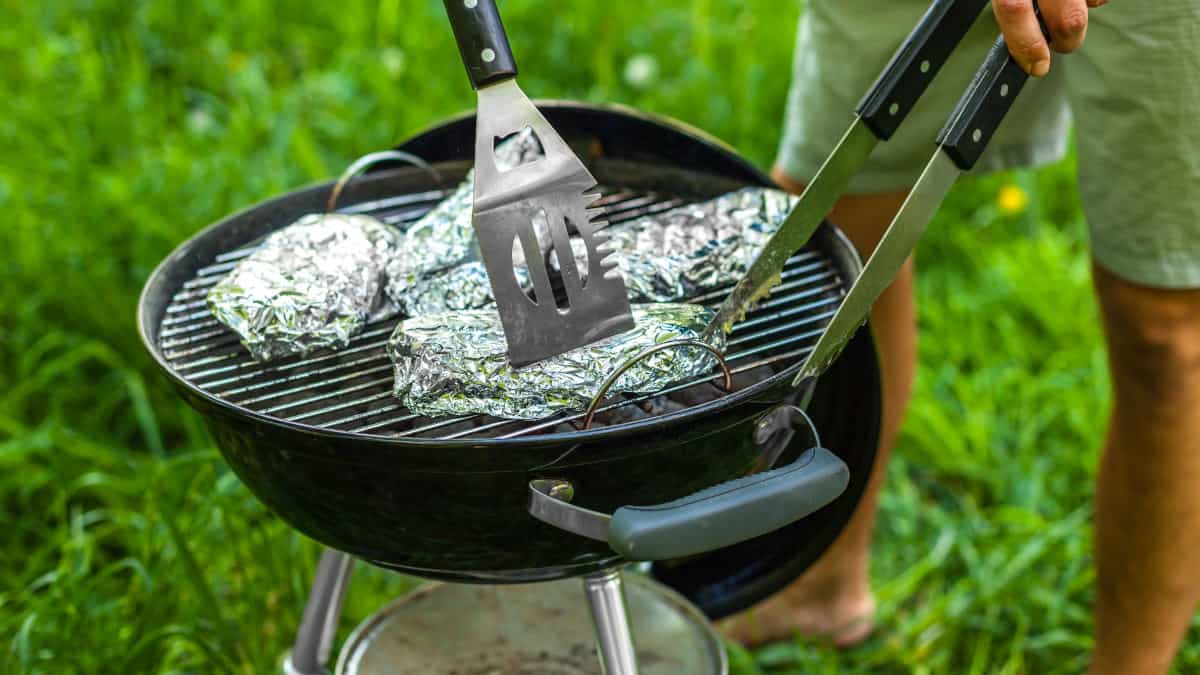Barbecuing might seem like a pretty straightforward, set-it-and-forget-it kind of cooking, but cooking a large cut of meat, such as brisket, can become an all-day job.
You’re doing everything right — the temperature is steady, there’s some smoke going around, the meat’s internal temperature is rising — when suddenly, it stalls. What went wrong? Why did the meat stop cooking? What is the stall?
We’re going to share what you need to know about the stall, how to avoid it, and how to speed it up.
What is The Stall?
Waiting hours for your succulent meat to smoke is nail-bitingly hard, but discovering that it suddenly stopped cooking is even worse.
So what is the stall exactly?
As detailed on amazingribs.com, the stall occurs when a large cut of meat (think brisket, pork shoulder, ribs) is cooking over a low temperature for an extended time — it reaches 150 degrees Fahrenheit and then, like magic, it stops.
The smoker can be set to 225 degrees or even 250 degrees Fahrenheit — it doesn’t matter! That digital readout or analog needle isn’t budging.
How Long Does It Last?
The stall might seem like it will never end, but it will eventually, as the meat pushes through this temporary stop.
But, how long it can last depends mostly on the size of the meat you’re cooking. A stall in the cook can last between two and six hours, averaging at about four.
The stall is known to send panic through beginner smokers’ minds as they rush to crank up the heat or move the meat to the oven, but this won’t do much to end the stall.
Theories as to Why the Stall Happens
Nearly every griller or pitmaster who has encountered and overcome the stall will have some theory as to why it occurred.
One prevailing theory seems to be that when collagen and fat turn into gelatin and liquid, they steal heat from the meat, causing a stall in the cooking process. Once these properties have changed, the cook will continue, and you’ll see a rise in the temperature.
Although this sounds very smart and sciency, it couldn’t be further from the truth of what goes on inside the meat.
The Science Behind the Stall
As the meat slowly cooks, all the moisture inside the meat rises to the surface, where it evaporates. This evaporation will cause the meat to cool slightly or hold a constant temperature — it happens no matter how hot the cooker or smoker is.
You can actually compare it to what happens to us as we sweat. We sweat to keep cool — as the moisture on our skin heats from our body, it evaporates.
Extensive testing and experimenting have been done to prove that the stall isn’t caused by collagen or fat changing as the meat cooks. In fact, one experiment was done using a lump of beef fat and a soaked sponge placed in the same cooker under the same temperature for the same amount of time.
The experiment showed that the fat didn’t stall and that it continued to cook consistently until done. However, the sponge stalled for about four hours until it dried out completely — only then did it begin to rise in temperature.
To conclude this section: The stall is caused by evaporative cooling, and all large cuts of meat will encounter this phase at some point, usually between 150 and 170 degrees Fahrenheit. Only when the moisture is evaporated will the meat continue to cook.
How to Get Past The Stall
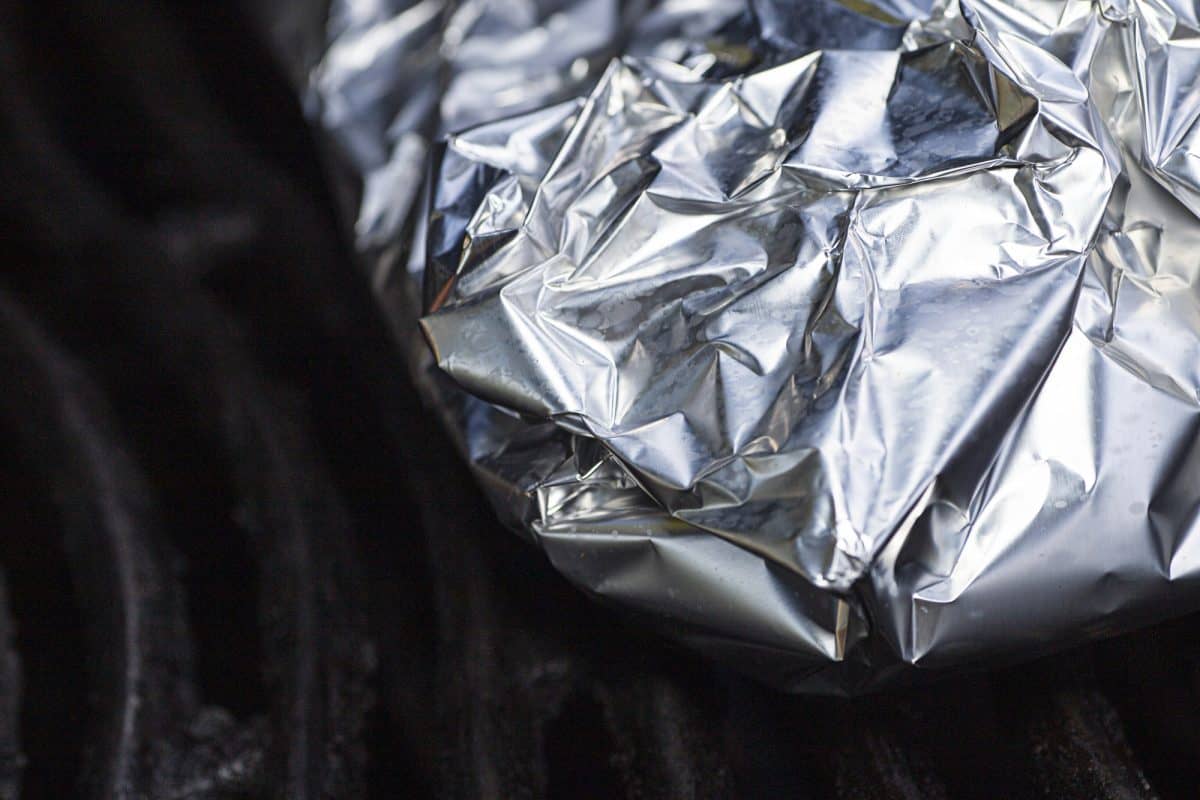
As we’ve accomplished, the stall is an inevitable stage in the cooking process that the meat will encounter — but does that mean the stall will continue until the meat is completely dried out?
Luckily, no. The stall won’t cause your brisket to end up like a giant raisin, and here’s why: Deep inside the meat, collagen, fat, and proteins are clinging to preserved reservoirs of moisture. It’s actually only the moisture closest to the surface that evaporates.
The downside of the stall is that it’s so unpredictable — when will dinner be ready? It’s hard to tell. Just another reason why you should get the brisket or pork shoulder on to the smoker as early as possible if you know guests are coming over for dinner at eight.
Fortunately for us, there are ways to beat the stall at its own game, here are a few useful methods:
The Texas Crutch
One of the most commonly-used methods for smoking large cuts of meat is the Texas Crutch. It’s a simple yet effective method that will keep the stall at bay.
What you do is wrap your meat in aluminum foil, add some fluid and then continue the cook. Sounds pretty simple, right? It’s actually a technique that requires some practice before mastering — it’s all about timing, you can’t just wrap the meat in foil and leave it until it’s finished cooking. Doing this, and you will risk drawing out flavor from the meat and ruining the bark.
It’s essential to remove the meat from the cooker at the right time to wrap it in foil. Some pitmasters choose to do it right before hitting the stall, whereas others wait until the meat is browned to their liking.
Wrapping in Pink Butcher Paper
Pink butcher paper works similar to the Texas Crutch — you remove the meat from the smoker or cooker as the stall begins, wrap it and place it back into the cooker.
Wrapping the meat in paper won’t speed up the cooking time as foil does, but if time isn’t an issue, we prefer pink butcher paper. Unlike foil, the paper allows the meat to “breathe.” Both heat and smoke can easily pass through the material, giving your meat a nice flavor while creating that mouth-watering bark.
Although you won’t avoid the stall entirely, the paper will help to speed it up significantly.
Increase the Heat
Meat stalling occurs only during low-temperature cooking, not a medium or high-temperature; therefore, many pitmasters do to beat the stall to raise the smoker’s temperature.
Some will take it as high as 350 degrees Fahrenheit, which is much higher than the traditional 225 degrees a brisket or pork shoulder is usually cooked. However, experiments have shown that this temperature rise completely avoids the stall and will help speed up the overall cooking time.
Now, is it a good idea to crank up the heat when cooking meat that’s supposed to be cooked low n slow? I’m skeptical but open to the idea.
Stall No More
Understanding what the stall is and what causes it, is the first step in conquering it. An essential thing to do is to expect and prepare yourself for the stall — because it will happen!
But, there’s no need to panic — you can easily leave your meat to go through the process on its own or help it out by wrapping it in foil or butcher paper. Patience is key to success here — cliche, I know.
If you know anyone struggling with the stall, share this article to overcome this slight bump in the road.
What have you done to beat the stall when smoking? Do you have a method to avoid it entirely? Let us know in the comment section.

